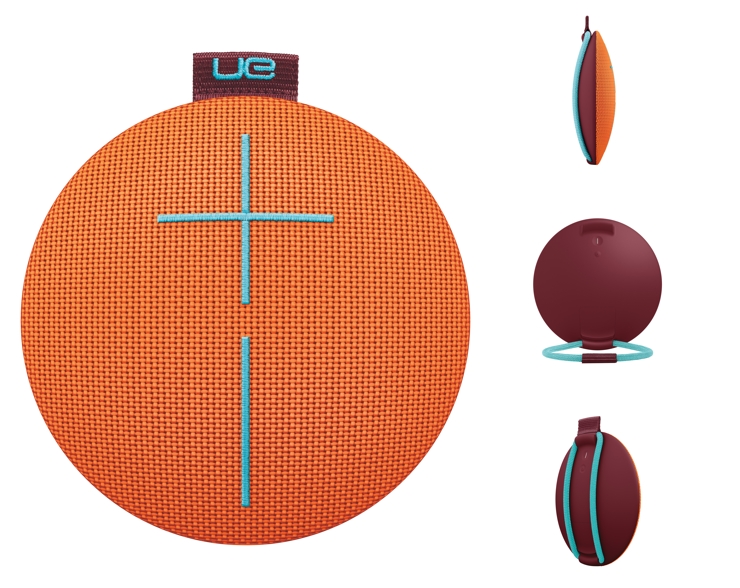

Noise classes range from A (less noise outside the vehicle) to B (more noise). The external noise relates to the noise produced by the tyre when a car passes by and is measured in dB (decibels). The difference in each category can mean an extra 3-6 metres on the stopping distance. Tyres are rated A (the shortest braking distance) to E (the longest braking distance). The wet grip class is a critical safety feature, relating to how a tyre can brake on wet roads. (The previous label had a range from A to F). The rolling resistance class ranges from A (most efficient) to E (least efficient). The higher the energy class, the lower the rolling resistance. Low rolling resistance tyres that are properly inflated can have as much as a 10% savings impact. This provides financial savings in terms of running costs or, for electric vehicles for example, enables the driver to cover a further distance before refueling or recharging. For all tyre manufacturers, the challenge is to find the lowest rolling resistance that is not detrimental to other parameters, in particular safety. The tyre pressure also affects rolling resistance, as a pressure lower than prescribed results in higher rolling resistance. The rolling resistance in a tyre is an indicator of its energy efficiency, which has an impact on fuel consumption.ĭifferent tyres can have different rolling resistance for a number of reasons, including the design and structure but also the tread compounds (amount of silica or carbon black). In specific terms, tyre labels provide a clear and common classification of tyres performance for i) rolling resistance, ii) braking on wet surfaces and iii) external noise. The new rules are extended to cover bus and truck tyres, and introduce options to show if the tyres are suitable for use in severe snow conditions or in extreme climatic situations. This replaced the previous Regulation (EC) No 1222/2009, applicable from 2012, that first introduced the obligation of labelling car and van tyres. New labelling rules, applying from 1 May 2021, are set out under Regulation (EU) 2020/740. At the same time, the labels drive manufacturers to innovate and strive to have their tyres classified in the top classes in the different categories. EU tyre labelling rules help consumers make an informed purchase decision when they replace their tyres, as the label highlights the performance of the tyre on issues relating to fuel efficiency, safety and noise.


 0 kommentar(er)
0 kommentar(er)
